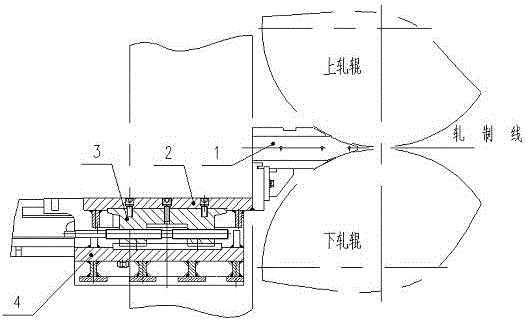
02 12月 Feed Castertip
Feed Castertip for twin roll caster is used to make molten metal feed nozzle nozzle for continuous roll casting machine.
The continuous caster process usually includes a pair of rotating water-cooled caster rolls, where the molten aluminum enters the rotating caster roll through the Feeding Nozzle Tip nozzle just before the production line closest to the caster roll.
By contacting with the water-cooled continuous casting roll, heat is quickly extracted from the molten metal, and the molten metal solidifies upon contact with the water cooling.
The Aluminum Strip is compressed when passing through the gap between the continuous casting rolls, and the thickness of the emerging metal is determined by the narrowest gap between the continuous casting rolls.
The thin metal sheet comes out of the continuous casting roll, and its width is a few meters and the thickness is about one to six millimeters (depending on the actual spacing of the continuous casting rolls).
The speed of the casting process is about 1-4 meters per minute, and each run can last for several days.
This process often causes the top surface and the bottom surface of Feed Castertip for twin roll caster to directly touch the contact casters and roll.
Feed Castertip is made of more aggressive materials, such as aluminum silicate or alumina-silica fiber. The interaction nozzle between the moving tip and the hard feed nozzle can cause scratches to be embedded in the softer tip.

Hindalco Industries introduces the scratches produced during the casting and rolling process
After the metal has solidified, when the metal passes through and is compressed to conform to the thickness defined by the narrowest gap between the casting rolls, these scratches embedded in the casting rolls are applied to the metal again.
The end result is the production of a continuous metal sheet with scratches, which is usually represented by raised ridges that extend above the expected thickness of the metal sheet, which is determined by the narrowest gap between the casters determine.
Currently, the only way to eliminate the scratches transferred to the metal sheet during the roll casting process is to use a feed tip with little or no curved nozzle.
Ability to resist water absorption.
It also has the heat and strength characteristics required for successful casting of non-ferrous metals.
Therefore, Hindalco Industries is introducing this excellent casting tip to Indian local aluminum plants and downstream customers in Southeast Asia.


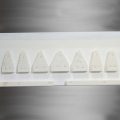
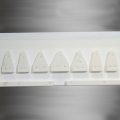
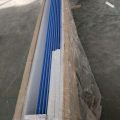
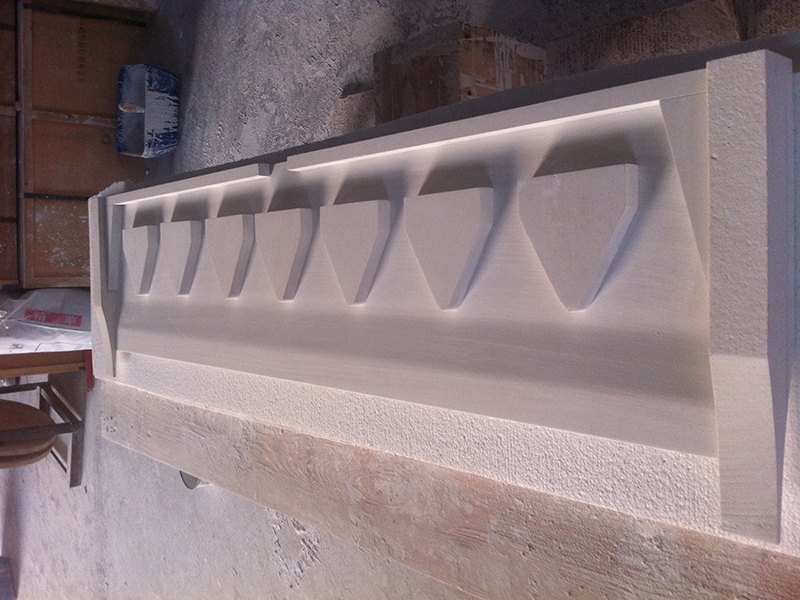
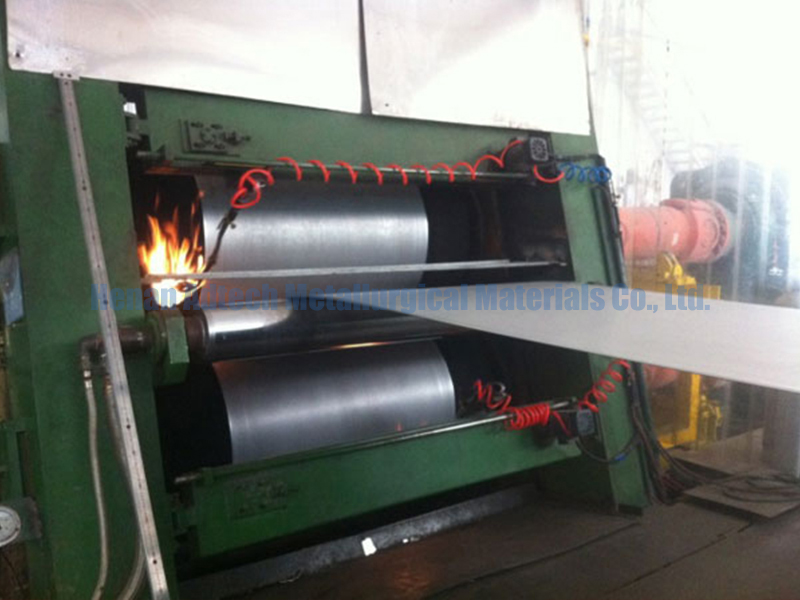
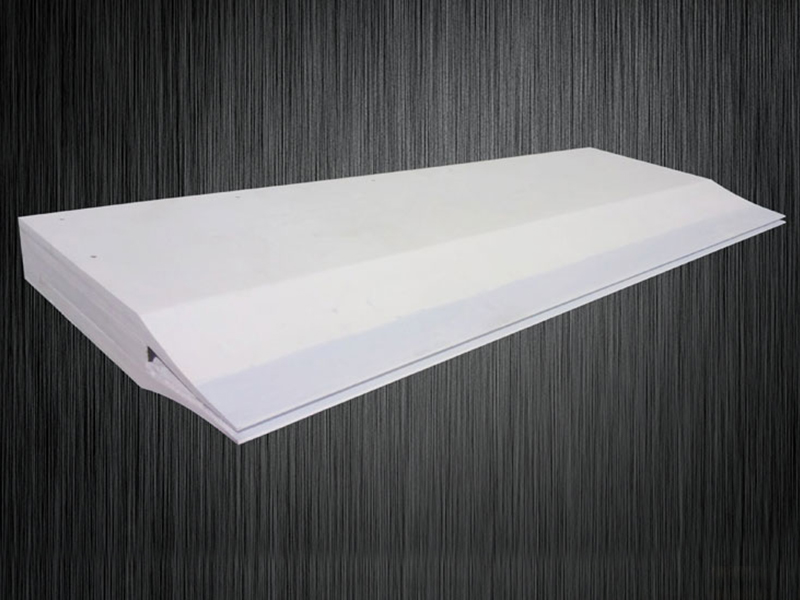
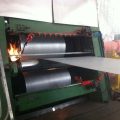
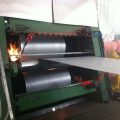
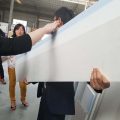
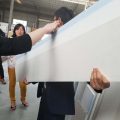
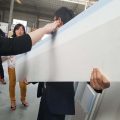
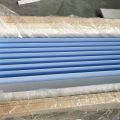
Sorry, the comment form is closed at this time.